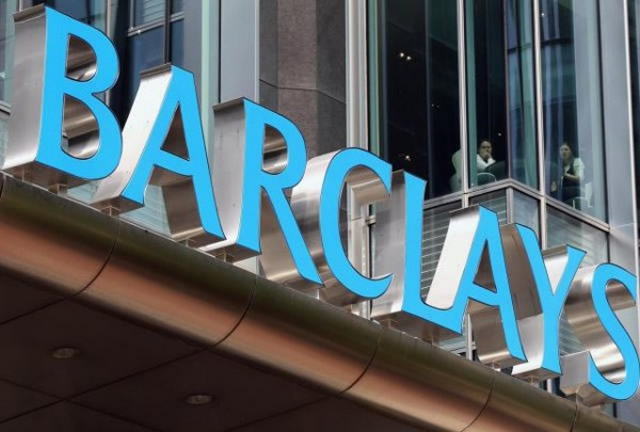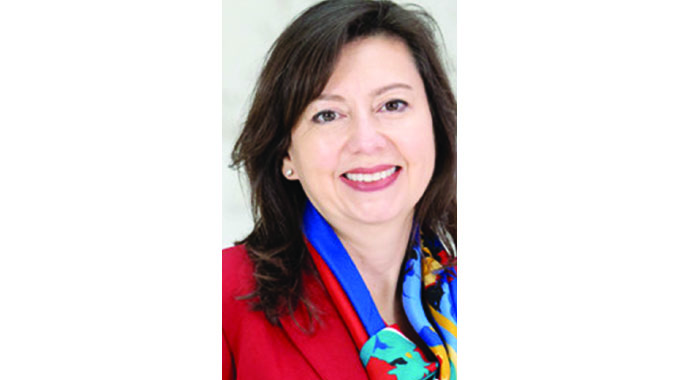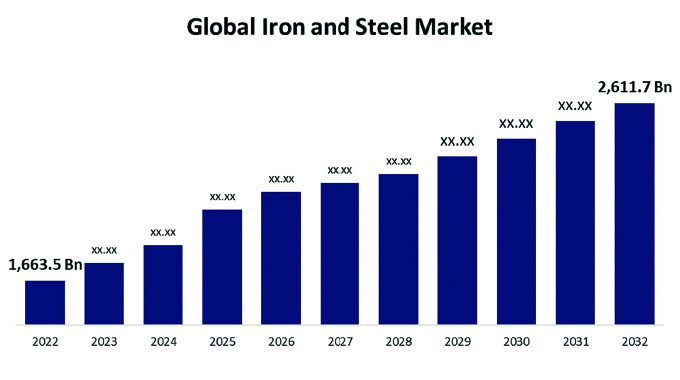Taking clean energy to those with disability
Jeffrey Gogo Climate Story
How do we take affordable and sustainable energy access to the 900 000 Zimbabweans living with disability, including children? Never easy, particularly for a constituency this big — some 7 percent of Zimbabwe’s total population — but not insurmountable. No doubt, clean energy will improve the lives of Zimbabwe’s poor, particularly those persons living with disability (PWDs), and is crucial to meeting the country’s greenhouse gas emissions goals under the Paris Agreement.
But how exactly can this be achieved for PWDs, who often times have been streamlined to the margins of society?
Off-grid household energy supply, that’s how, especially of biogas and solar. Seems fairly an obvious option, and it is, yet has not been sufficiently exploited.
Zimbabweans generally have limited access to the power grid, and even to sustainable options, with only about 40 percent connected to the grid, according to a 2015 University of Zimbabwe study.
Nonetheless, the situation is particularly more desperate for individuals with disability. More PWDs use firewood as their major source of energy for cooking (68,1 percent), compared to 29,6 percent that use electricity and 0,2 percent using liquified petroleum gas, according to the 2013 Ministry of Health national survey, “Living Conditions Among Persons with Disability”.
The use of biogas and solar for cooking or heating at the household level for PWDs is almost non-existent.
Fuel wood use rises dramatically going into rural communities due to a lack of knowledge or to higher initial costs of installing cleaner alternative options such as biogas — energy produced from decaying organic matter — even when 65 percent of the households are willing to switch over to cleaner energies.
A 2015 UNICEF study on Sustainable Energy for Children in Zimbabwe found that 94 percent of households in Nyanga, a rural district of Manicaland, used fuel wood for cooking, and that no family at all used biogas, even with an abundance of animal waste that is a useful feedstock for generating this type of energy.
Over 80 percent of households in Nyanga had no knowledge of biogas technology, which costs between $500 and $700 to fully install, the report said.
While the study did not isolate households providing care to children with disability, the trend followed a similar pattern across all the other four rural districts surveyed countrywide.
The results of the study are particularly concerning, demonstrating a serious poverty of sustainably clean and cheap energy options for rural communities.
Needless to mention those with disability who inherently and constantly stare unemployment, low educational attainment, poor health care and nutrition in the face.
Elsewhere, women and girls in Buhera were now trudging up to 30km to collect firewood, from just about a 1km radius they walked 6 years ago, the UNICEF report said, as forest stocks deplete rapidly.
Not only do the long distances rob the firewood collectors of important time to perform other productive duties, but smoke generated from cooking on fire inside poorly ventilated kitchen huts could kill them, and potentially disable their unborn babies.
A large proportion of individuals with disability in Zimbabwe acquire their disability as children.
Around 27,1 percent of PWDs acquire disability from birth, and 25 percent between the ages of 1-5 years, data from the Health Ministry shows.
The Zimbabwe Multiple Indicator Cluster Survey (2014), reports that 5,3 percent of children under 5 years suffered respiratory complications of one form or another, while one in every five babies born had low birth weight — a result of household air pollution.
Moreover, at 47 percent, disease is the biggest cause of disability in Zimbabwe. Against this background, there can be no greater call for the delivery of sustainable and renewable energy to those individuals with disability, and indeed to those without.
The basis of this argument is that sustainable energy is critical for bettering the living conditions not only for those persons with disability, but also the families that provide them with care.
“Renewable energy could help improve information access for PWDs,” said Mr Ephraim Mugugu, a retired army captain and lawyer living with disability.
“By exchanging and sharing information, PWDs will gain more access to their peers and the outside world, greater access to health services, and to more to information, meaning opportunity for long distance learning, employment, networking, increased opportunity to participate in national and even global discourses through internet, social media, and to be more active citizens.”
Quick-fire responses
What current interventions have often done is to attempt quick-fire response to desperate situations.
Take for instance the Dema diesel power plant. It meant to address a choking energy crisis emergency at high economic and environmental cost.
When Zesa bought electricity from Dema it paid over 15c per kilowatt hour, almost five times as much as it paid for electricity from the Kariba hydro.
Cheaper and cleaner Kariba was by last Friday providing 694 megawatts, or 42 percent of national generation, the biggest of any other source.
Dema, as a grid-supplier, was never meant to tackle energy industry emissions, much less energy access for those with disability.
It could not address the well-structured and defined type of development needed to deliver cheap, clean renewable energy to Zimbabwe’s poor, and to PWDs.
University of South Africa-based Zimbabwean sociologist and researcher Clement Chipenda avers that: “when it comes to issues of energy access and affordability, the special case of people with disabilities, and more so children with disabilities, is rarely discussed.
“They may be discussed under the poor and vulnerable groups but this clouds the realities under which they live in relation to the energy access and affordability nexus.”
Chipenda suggests taking on a more aggressive approach based specific needs assessment and documentation to deliver specific, tailor-made interventions.
He told The Herald Business that: “Sustainable energy solutions that specifically target this vulnerable population could go a long way in alleviating some of the challenges they face in relation to their energy needs.
Biogas, for example, can provide for their cooking and lighting needs at a relatively cheaper cost compared to other forms of energy.”
Growing up in post-war Korea of the 1950s, using polluting fossil-fuel based lighting to study, former UN chief Ban ki Moon has understood that energy is “the golden thread that connects economic growth, social equity, and environmental sustainability”.
With this in mind, he launched the UN Sustainable Energy for All in 2011, broadly targeting improved access to newer, cleaner energies for those poor of energy, 13 years from now.
This vision should also become a reality to those Zimbabweans living in the ‘dark’, those living with disability.
Zimbabwe has strong Constitutional provisions that call for the protection, care and support of PWD’s.
The country also has a solid track record PWDs welfare. It became the first country in Africa to come up with a disability specific law in 1992, and is a signatory to the UN Convention on the Rights of Persons with Disabilities.
But none of the legislative provisions have been used to design policy that improves the access to sustainable energy to those living with disability.
God is faithful.







Comments